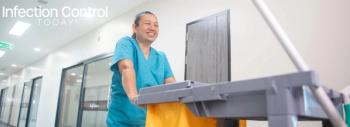
Genital Herpes Public Health Threat
SEATTLE, Wash-Genital herpes has been a public health concern for many years. However, with more attention and funding going to AIDS prevention, the sexually transmitted disease (STD) is often overlooked.
Herpes simplex virus 2 (HISV-2) cases have risen 30% since the 1970s. More than 20% of American teenagers and adults are infected with the virus. Yet, few of these people realize they are infectious because many never develop the genital lesions associated with the STD.
Health officials are now concerned the infection rate could pass 30% if the public is not educated about the virus. There is also more evidence that genital herpes can facilitate HIV transmission. A person with HIV and genital herpes is more infectious, even if they are asymptomatic. A person with genital herpes is also more likely to become infected with HIV if exposed.
Although there are blood tests to diagnose HSV-2, few healthcare workers agree who should be tested. High-risk pregnant women should be tested because in rare situations, the virus can be fatal to newborns. However for most adults, genital herpes is nothing more than an inconvenience.
Treatment options include suppressive therapy with daily, long-term antiviral drugs to prevent outbreaks and reduce transmission.
Information from www.hivandhepatitis.com
Newsletter
Stay prepared and protected with Infection Control Today's newsletter, delivering essential updates, best practices, and expert insights for infection preventionists.





